The Witcher is a popular series of role-playing games where the player plays as Geralt of Rivia, the legendary monster slayer. The trilogy of games is based on the titular books created by the mind of Andrzej Sapkowski and is quite faithful to the source material by default. Their popularity eventually inspired a TV series that Netflix produced.
The first season was released in December 2019 to critical acclaim. Henry Cavill’s depiction of the legendary Witcher received many plaudits, and the show garnered worldwide fame among fans of the series and new viewers alike. However, not all aspects of the books were accurately represented in the show, and there are some that the games do better justice to.
Even though the Netflix show is the only cinematic adaptation of The Witcher series to date, we feel like there are a few aspects that could be improved in the coming seasons.
Why The Witcher games are better than the show
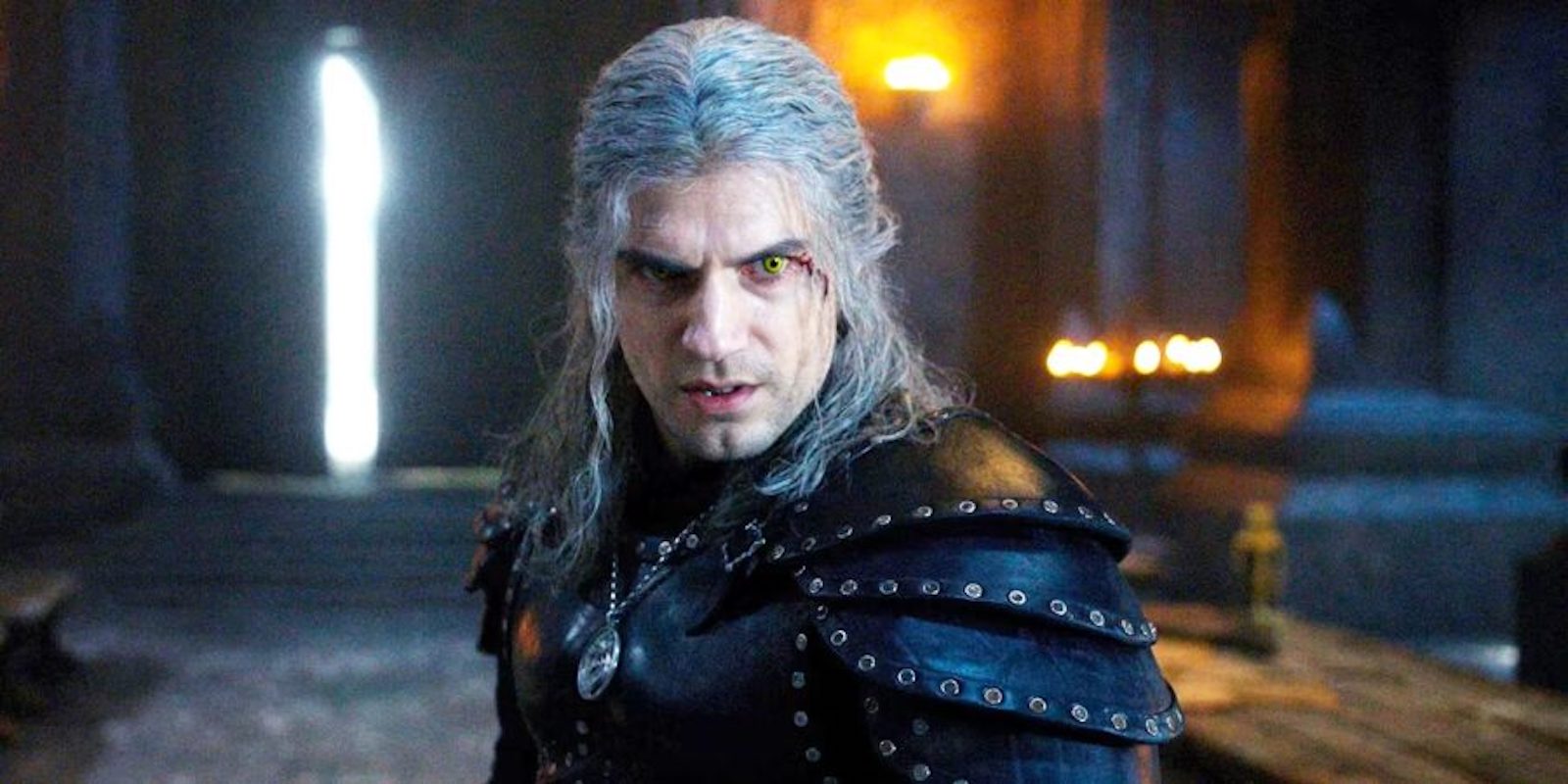
First off, we believe that the Netflix show has been great in its own right. The first two seasons pulled in massive viewership numbers and introduced new fans to the Witcher series thanks to Henry Cavill’s masterful depiction of Geralt of Rivia. However, after the release of season three and the deviation in plot and character choices, many fans were left deflated about the future of the Netflix show.
But if there is one thing that the show has done amazingly well is bringing new players to the games. With the release of The Witcher 3: Wild Hunt‘s massive 4.0 next-gen update, new and returning players have experienced the final entry in the trilogy of games with a new perspective.
RELATED: Toss a coin to your Witcher: The Witcher 3 crosses gigantic sales milestone
Even though the true source material is the Witcher series of books created by Andrzej Sapkowski, most fans know the series better from the games. There are a few things that the games handle much better than the Netflix show with more accurate representations of the source material.
As such, here are a few reasons why the Witcher series of games are better than the show.
1) One sword to rule them all
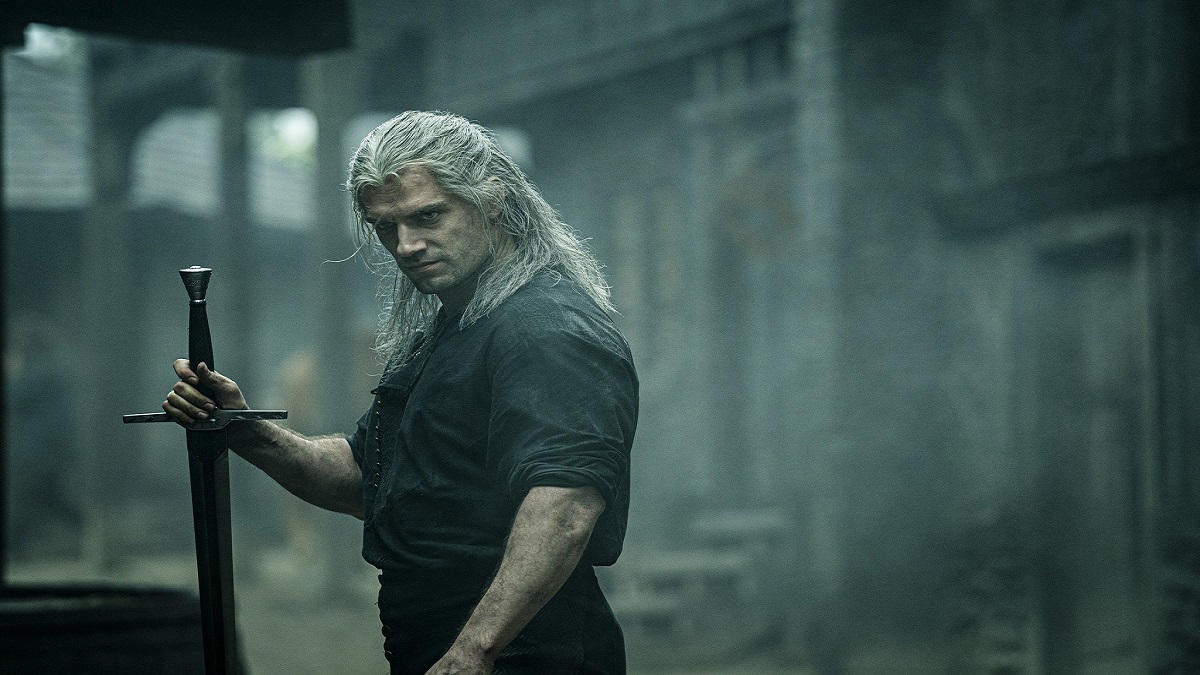
When you watch the Netflix show and are first introduced to Geralt of Rivia, you will probably notice one key change to the character if you have played the games. Even though Geralt carries his signature pair of weapons, the steel sword and the silver sword, he rarely ever uses the silver one in battle, despite having many chances to do so.
There is a clear distinction made between the sword types in the game. The steel sword exists to defend Geralt from humans, while the silver sword is used to slay monsters. Despite the major differences displayed in the games, one sword is favored more than the other in the show.
There are a few instances where the weapons are used properly in the show, such as Geralt’s battle with the Kikimore in the first episode, but in most cases, Geralt uses his steel sword for all enemies, which can be quite baffling if you are aware of the difference between them.
This minor fact might not be too jarring for viewers who haven’t played the games, but if you have, it can be quite inconsistent with the series’ lore. The distinction between swords is one aspect of the series that is much more faithfully adapted in the Witcher series of games rather than the show.
2) Character dynamics
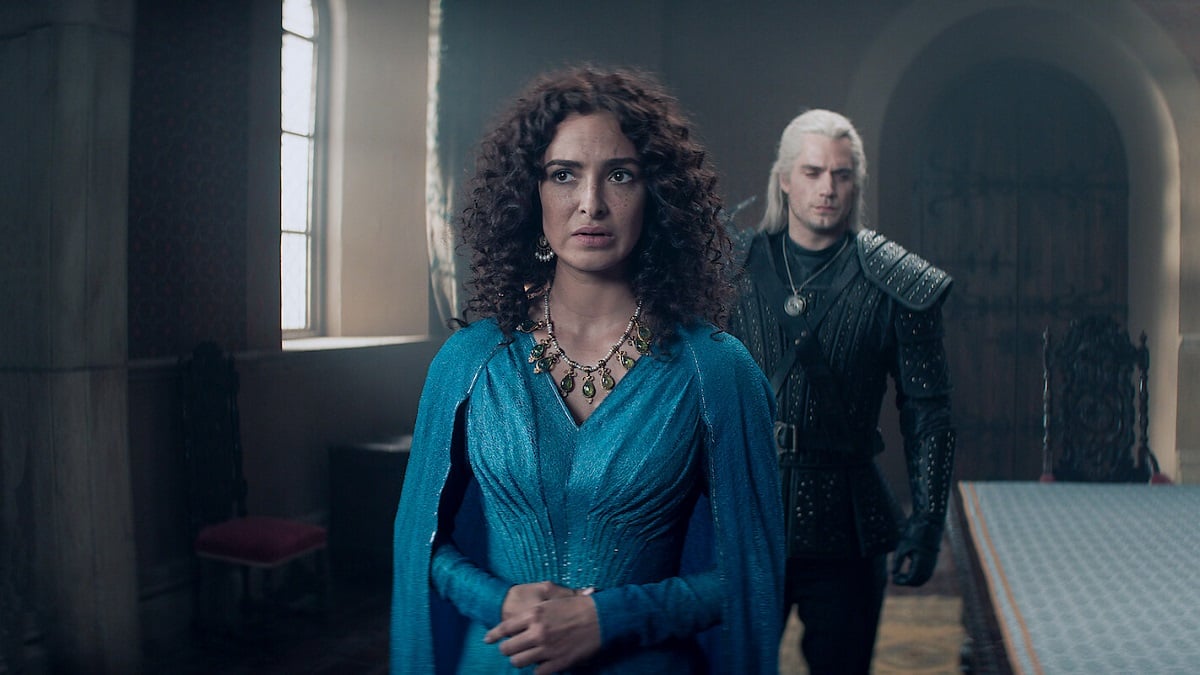
The Witcher series of books and games were well-known for several things, such as the perfect balance between magic and real-life politics of the medieval ages. One of the aspects of the series that was accurately represented in the games was the cast of characters. The Netflix show does a good enough job of representing its diversity, but some things have changed.
The dynamics between certain characters, be it through nationalities, races, or species, are not as polished in the show as they are in the games. One major example would be the character of Triss Merigold, who plays an integral role in all three Witcher games but barely makes a mark in the Netflix show. Her role is relegated to a supporting character with minimal screen time.
The political differences between different species like dwarves, elves, and humans are briefly explored but nowhere near in-depth as they are represented in the games. Most of them are reduced to side plots that Geralt has to resolve when he is supposed to be the neutral party that does not take sides unless it involves his safety and well-being.
3) Not enough signs
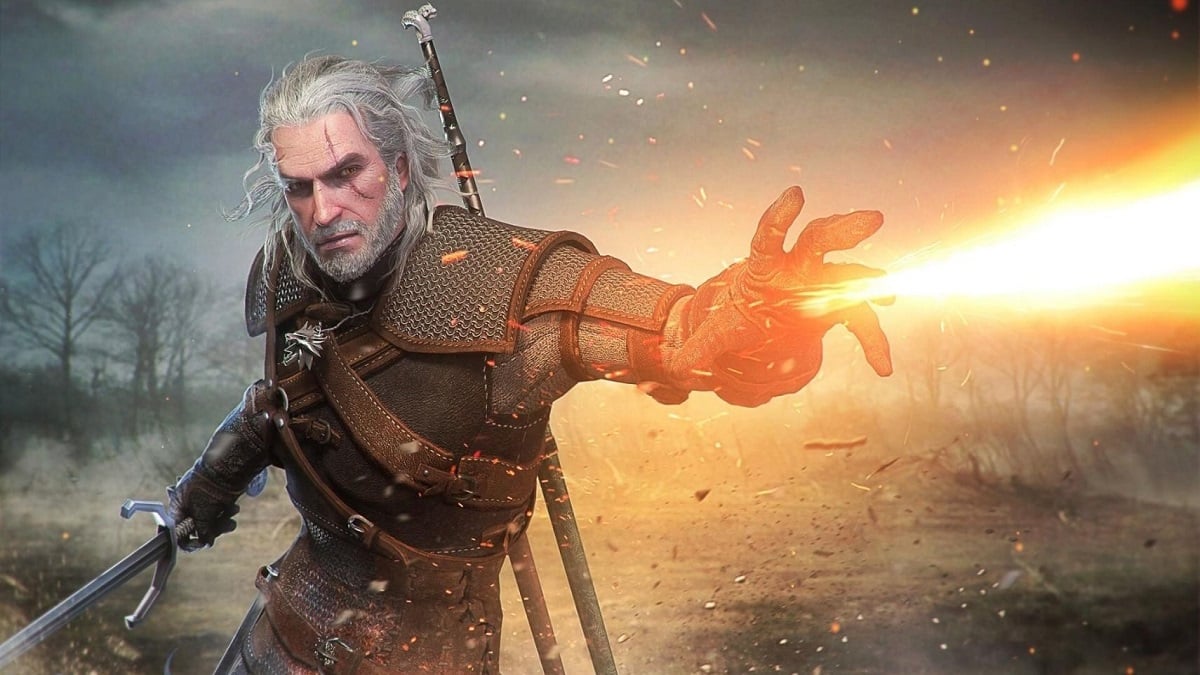
One underrated aspect of a Witcher’s combat style is their ability to use signs. They learn five different signs to use in battle: Aard, Igni, Quen, Yrden, and Axii. These simpler forms of magic allow them to chain their attacks with magic, resulting in a spectacular battle style that is hard to defeat. However, the Netflix show barely touches upon Witcher signs or their usability.
Aard, the telekinetic blast, and Axii, the hypnotic mind-control, were represented well in the first season of the show, but the rest were almost never mentioned. Igni, the fire creation sign could be used in several instances where flames could deter enemies from approaching Geralt. Quen, the damage-blocking shield, could make Geralt nearly unstoppable in battle.
The final sign, Yrden, spawns glyphs used as traps to debilitate enemies. We see an application of Yrden in the second season of the show, where Geralt uses it to repel the Striga he is fighting. Overall, the series does a poor job of highlighting signs when they are a key battle mechanic used at all times in the games.
4) Not enough Witchers
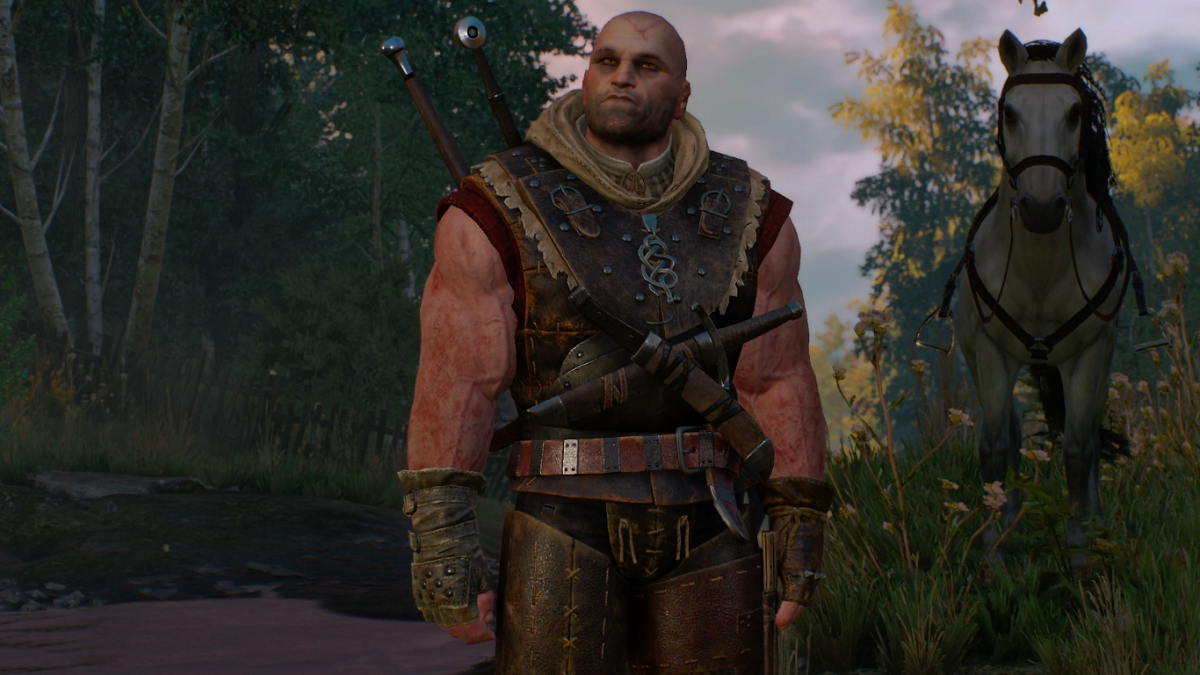
For a series revolving around a multitude of mythical monster hunters, The Witcher Netflix show did not display enough Witchers apart from Geralt himself. While the showrunners address this issue with the introduction of the Witcher stronghold Kaer Morhen and a few other Witchers like Vesemir, Eskel, and Lambert, the examples end there for the most part.
The games represent a host of Witchers and reference a lot more who don’t appear until later, such as Berengar. The different Witcher schools, like the Cat, the Wolf, the Bear, the Griffin, and the Viper, among others, are also mentioned and their differences are explored, such as the variety in armor choices and fighting styles.
All of the Witcher schools combined trained hundreds of Witchers over a period of 500 years. Even though most of the schools have fallen by the time Geralt becomes a legend, many of their Witchers are still mentioned, and some are a part of the main story in the games. Letho, a Witcher of the Viper school, is even a central antagonist in the second game.
With so many Witchers past and present in the series, we hope the Netflix show represents more of them on screen going forward.
5) Gwent
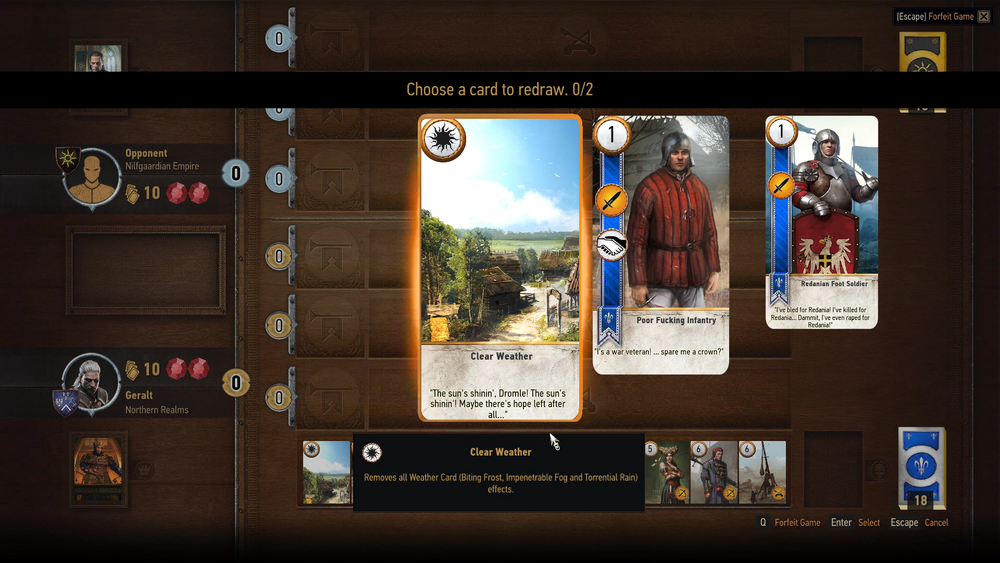
Last but not least, we come to Gwent. For viewers who have watched only the Netflix version of the series, you might be wondering what it even is since it is barely mentioned, if ever, on the show. Gwent, originally Gwint in the Polish version, is a popular card game in the medieval era of The Witcher that people of all races, nationalities, and class play.
The game is easy enough to learn in principle, but the number of strategies that can be applied is quite vast, depending on the cards you possess. Gwent is played by Geralt and several other characters in The Witcher 3: Wild Hunt as a popular gambling game for money and renown. The more renown you gain, the higher up the ranks you climb.
The games also have a long-running chain of sidequests involving Gwent that start from the beginning of the game, playing all through the story till the end of the main questline. Between each chapter, you will face progressively tougher Gwent opponents till you get into Gwent tournaments and take down the champions of each region. It inspired its own standalone card game experience a few years ago, and is an odd omission from the Netflix series.
With Henry Cavill’s departure from the show after season three, it seems like the show will be undergoing some drastic changes going forward. Whether these issues will be handled better or just skipped over in favor of plot progression is yet to be seen, but we remain optimistic for the future of the Netflix show.


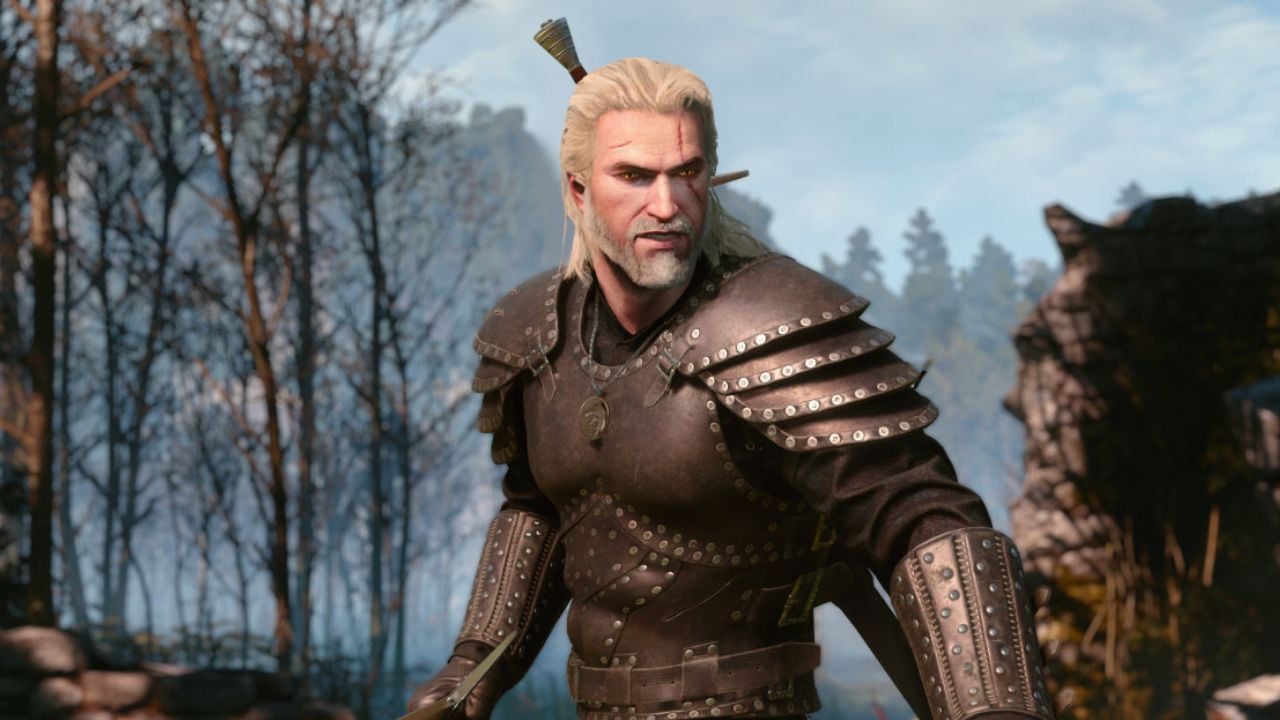


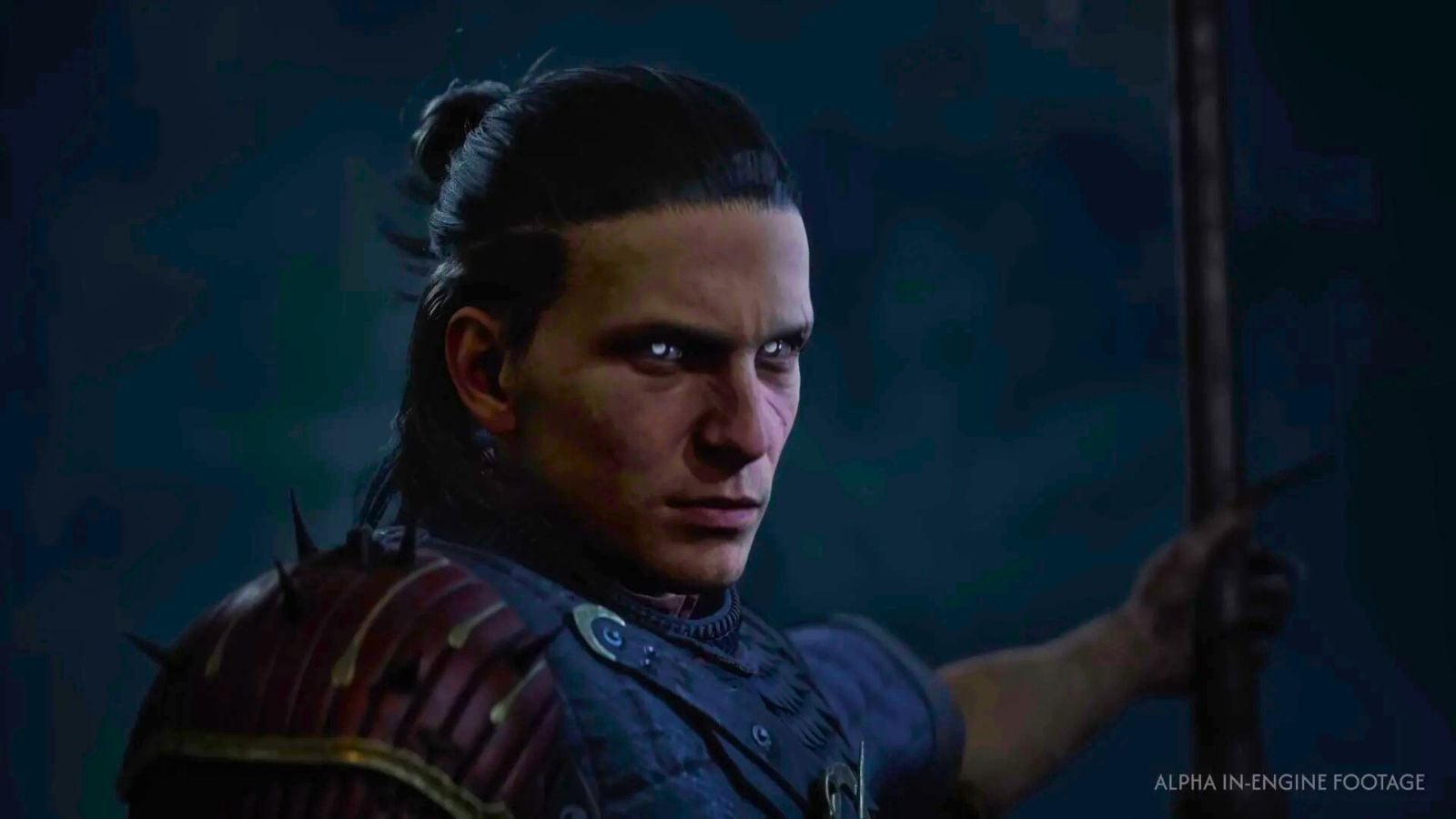
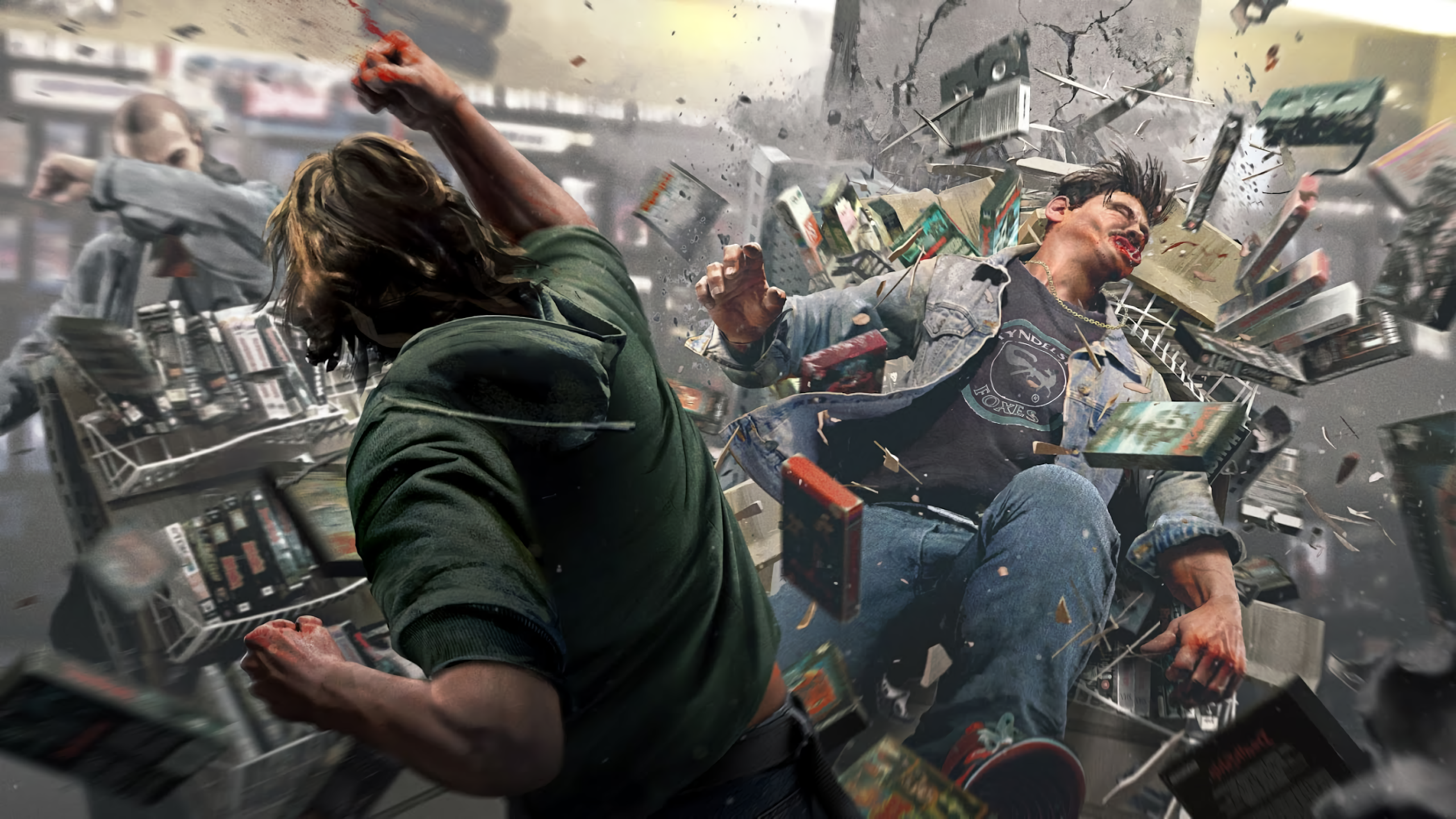
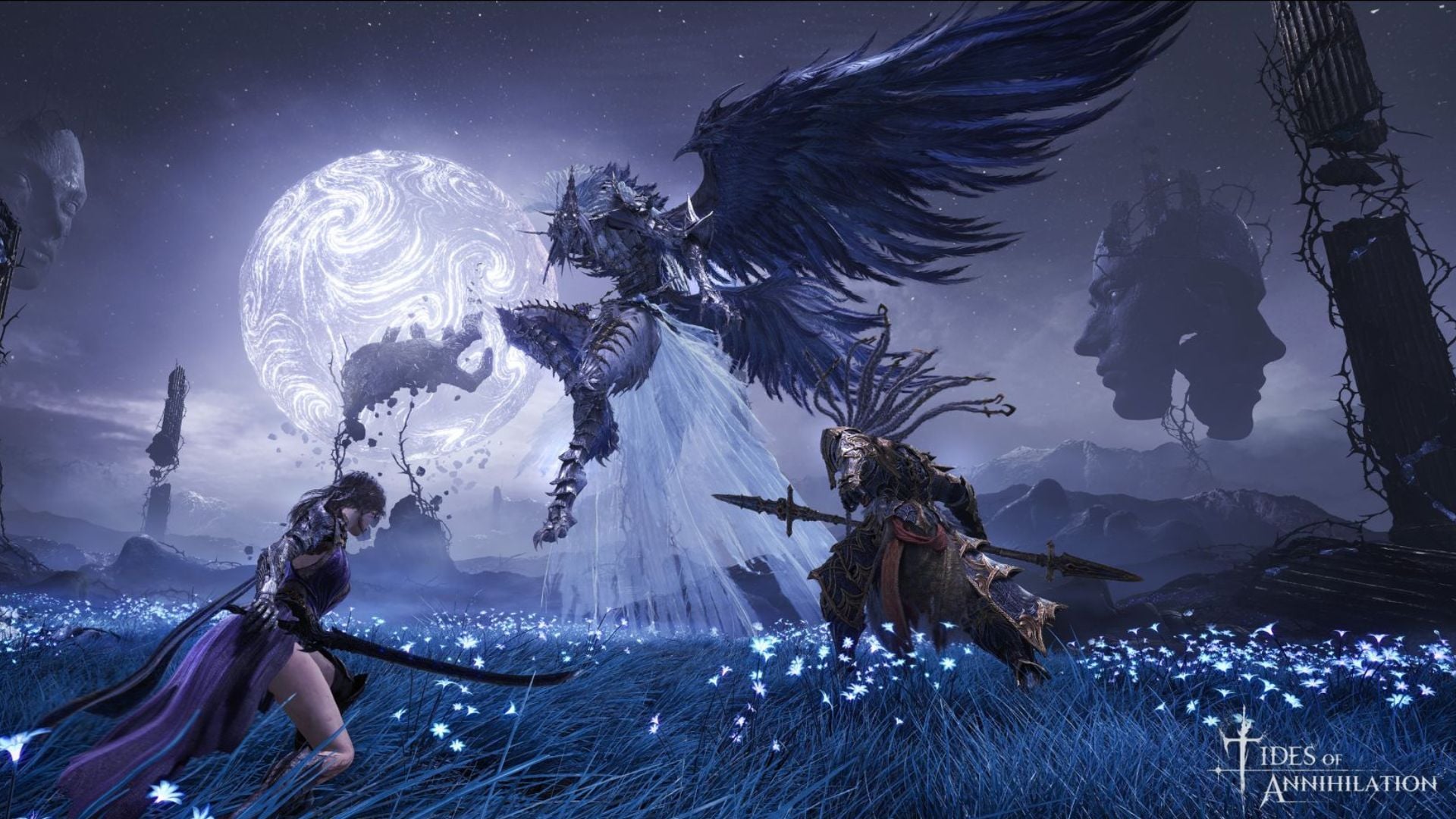
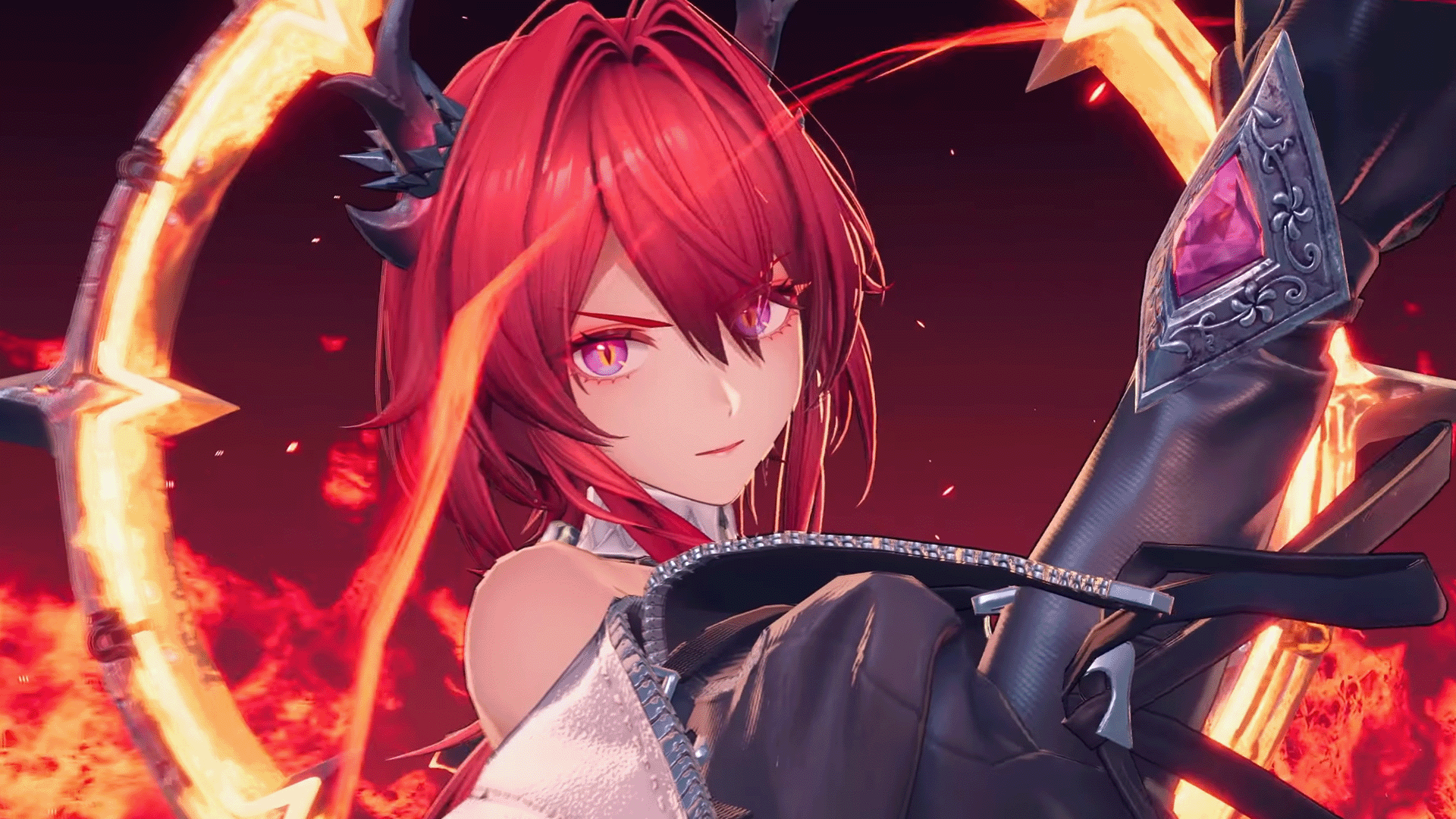



Published: Jul 4, 2023 04:11 pm